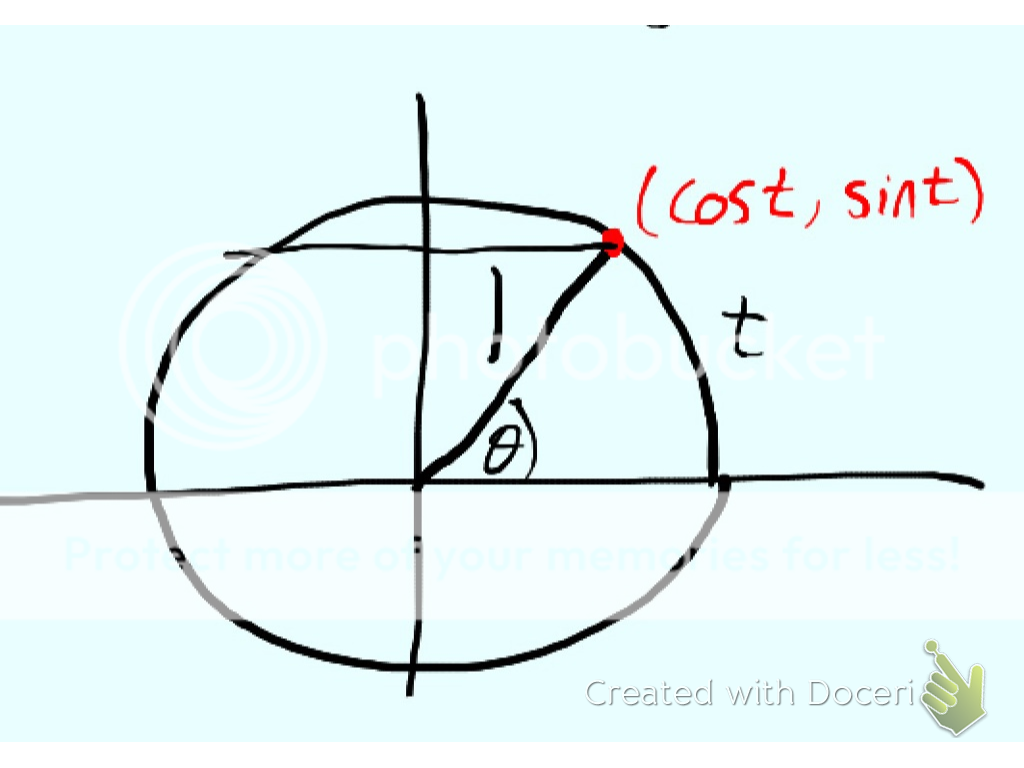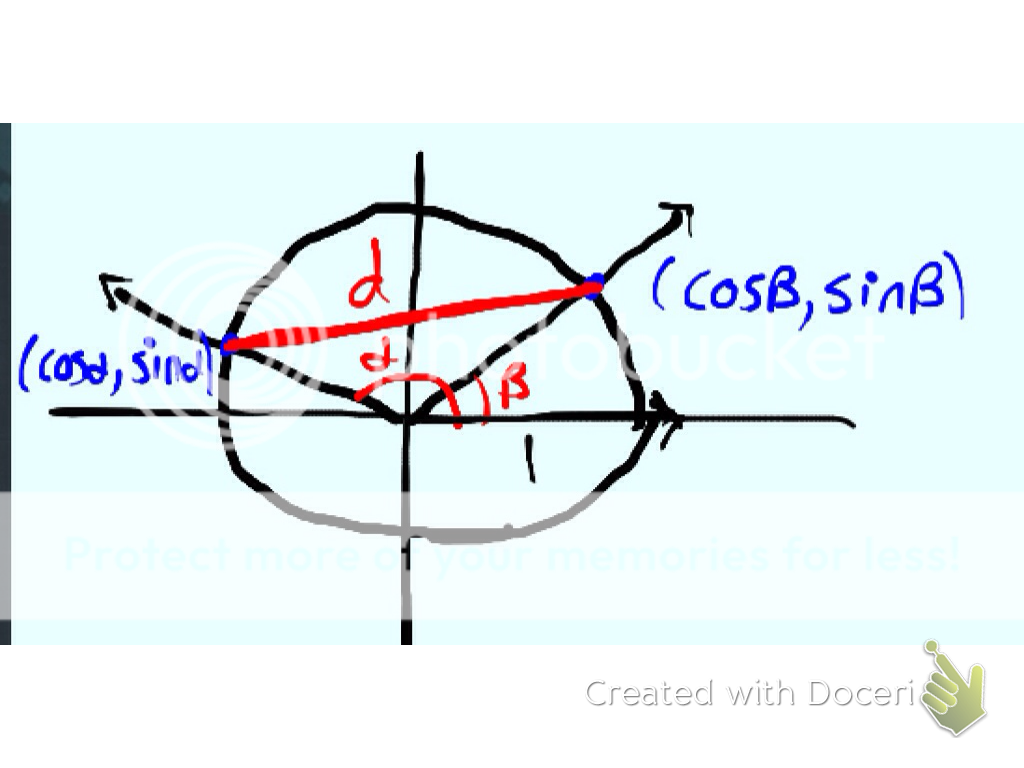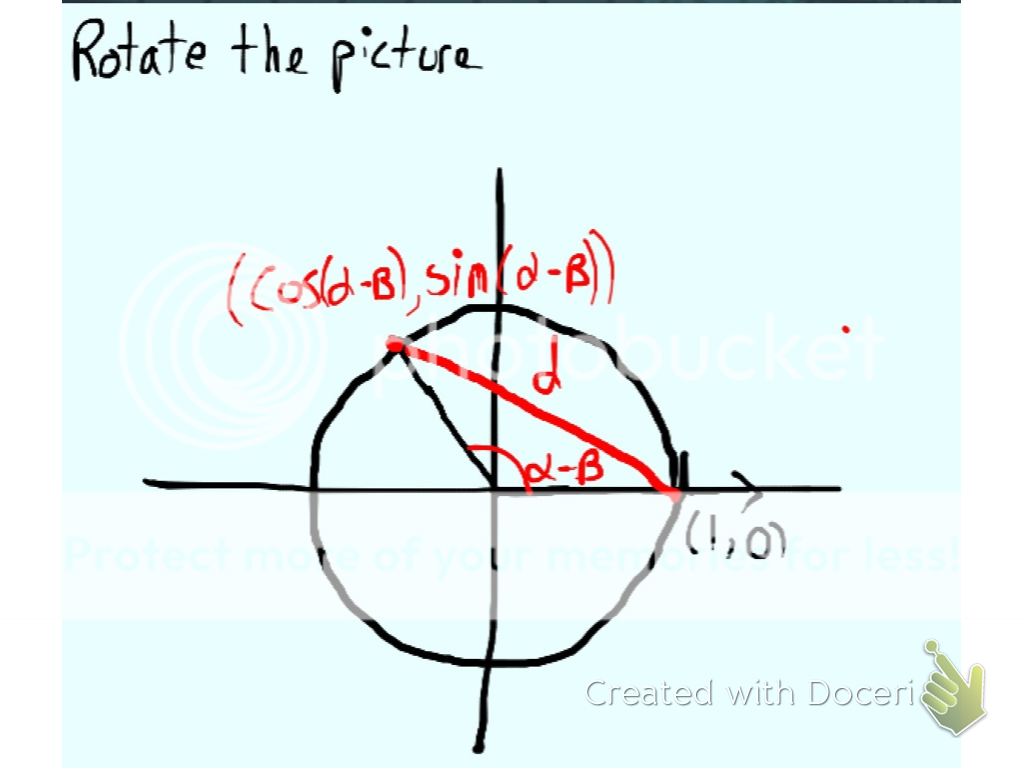It's not so complicated. Let's do things systematically.
a) The pure manifold case
On a differentiable manifold $M$ a vector field $X$ is the datum of a smoothly varying tangent vector $X(m)\in T_mM$ at each point $m\in M$.
Given a smooth function $f\in C^\infty(M)$ you obtain a differential form $ {d}f$ , that is a linear form $df(m)\in T^*_m(M)=(T_m(M))^*$ at each $m\in M$ , smoothly varying with $m$. It is given by the formula $(df(m))(v)=v(f)$ for $v\in T_m(M)$.
The smooth function $X(f)=L_X(f)=D_X(f)\in C^\infty(M)$ is then the function $M\to \mathbb R:m\mapsto (df(m))(X(m))$
Let me insist that this does not require any riemannian structure.
b) The riemannian case
If $M,g$ is a riemannian manifold, each vector space $T_x(M)$ has a euclidean structure, which permits us to associate to each linear form $\phi\in T_m^*(M)$ the vector $v\in T_m(M)$ such that $g_x(v,w)=\phi (w)$ for all $w\in T_m(M)$.
If $\phi=df(m)$ the corresponding $v$ is denoted by $grad(f)(m)$.
This gives rise to the required function $grad(f)\in C^\infty(M).$
c) The Lie derivative
Given two vector fields $X,Y$ on $M$ you can associate to them the following map $$z:C^\infty(M)\to C^\infty(M): f\mapsto X(Y(f))-Y(X(f))$$ A fundamental result is then that to this map corresponds a unique vector field $Z$ such that $z(f)=Z(f)$ for all $f\in C^\infty(M)$.
We then write $Z=[X,Y]$ or $Z=L_X(Y)$
Again, this does not require a riemannian structure on $M$.
(It is better at this stage not to mention connections, which are supplementary data on vector bundles, related to differential operators. If you like, you can ask another question about them.)
The standard definition of the trig functions is in terms of a unit circle. The classical definition in terms of right triangles is more limited in terms of scope. For this reason in Calculus the more robust definition in terms of the unit circle is used. From this 'standard' definition every identity about the trigonometric functions can be proven.
In your post above you gave the definition in terms of the unit circle, but you left what I think is an important point. When defined in terms of the unit circle the trig functions are 'real valued'. What we mean here is that they are defined in terms of a distance and not some constructed idea called an angle. So let me begin with the definition in terms of the unit circle, then we will move to the sister proof to the one given above for the sine of a difference. From this we can establish the other three identities.

Consider the unit circle
$$ \begin{equation}x^2+y^2 = 1 \end{equation} $$
Starting at the x-intercept (1,0) we travel a distance t around the circle in a counter-clockwise direction (a clockwise movement would be assigned a negative sign). Once we travel a distance t around the circle we end at a point P(x,y) on the circle. We then define
$$ \begin{eqnarray} \cos t = x \\ \sin t = y \end{eqnarray} $$
It then turns out that we can return to angles by noting that on the unit circle the radian measure of the central angle subtended by the arc of length t is equal to t. But we don't need to ever actually return to angles. Our definition stands on its own. Now an immediate consequence of our definition is the familiar Pythagorean identity for sine and cosine.
$$\begin{equation} \cos^2 t + \sin^2 t = 1 \end{equation} $$
(This is obtained by substituting sine and cosine into the unit circle equation for x and y.)
Before we move onto the identity you asked about first let us notice that the sine and cosine functions are periodic. IE.
$$ \cos(a + 2k \pi) = \cos a $$. I believe this is pretty clear because any trip around the circle will take you back to where you started. Make that trip k times and you are still back where you started. For this reason as mentioned above we can assume both angles are in$$ [0, 2 \pi)$$.
Also note that
$$\cos (-t) = \cos t $$ for all real numbers t.
The last thing to address is that rotation is a rigid transformation. In other words when we rotate the plane about a point, the distance between two points before rotation is the same after rotation.
Now we return to the problem. Show that
$$\cos(a-b) = \cos a \cos b + \sin a \sin b $$
Without loss of generality assume $$0<b<a<2 \pi $$
(the case of b=0 is trivial, as is the case of a = 2 $\pi$, and the case a=b, you can verify these yourself)


We now consider the points (see diagrams) P($\cos a, \sin b)$ and Q($\cos b, \sin b)$ on the unit circle. We can use the distance formula to find the length of segment PQ. We then rotate the entire plane clockwise through a distance b along the circumference of the circle (or through an angle with radian measure b). This will place point Q at Q`(1,0) and P will now be a distance b-a along the circle from (1,0) so it will be at P`($\cos(a-b), \sin(a-b))$. We now proceed to use the distance formula. Since distance is preserved through rotation segment PQ and segment P`Q` will have the same length.
$$\begin{eqnarray} \sqrt{(\cos a - \cos b)^2 + (\sin a - \sin b)^2} = \sqrt{(\cos(a-b)-1)^2 + (\sin(a-b) - 0)^2} \\ \cos^2 a - 2 \cos a \cos b + \cos^2 b + \sin^2 a - 2 \sin a \sin b + \sin^2 b = \cos^2(a-b) - 2 \cos(a-b) + 1 + \sin^2(a-b) \\ \cos^2 a + \sin^2 a + \cos^2 b + \sin^2 b - 2 \cos a \cos b - 2 \sin a \sin b = \cos^2(a-b) + \sin^2(a-b) + 1 - 2 \cos(a-b) \\ - 2 \cos a \cos b - 2 \sin a \sin b = - 2 \cos(a-b) \\ \cos a \cos b \sin a \sin b = \cos(a-b) \end{eqnarray} $$
Now I assumed $b<a$, is that ok? The answer is yes but you might want to answer why.
Armed with the cosine of the difference formula we can now prove the following.
$$ \begin{eqnarray} \cos(a+b) = \cos(a-(-b)) = \cos a \cos(-b) - \sin a \sin(-b) \\
= \cos a \cos b - \sin a \sin b \end{eqnarray} $$
The last step in the equality comes from our identity for $\cos(-t)$ above and the fact that $\sin(-t) = -\sin(t) $ as was mentioned in the previous post.
Now we can show that $\cos(\frac{\pi}{2} - x) = \sin x$ and in a similar manner to the problem above that $\sin(\frac{\pi}{2} - x) = cos x$. These are your familiar co-function identities. Finally armed with these equations we can now demonstrate the sine of a difference which can then prove the sine of a sum formula.
$$ \begin{eqnarray} \sin(a-b) = \cos(\frac{\pi}{2} - (a-b)) \\ = \cos((\frac{\pi}{2} -a) + b) \\ = \cos(\frac{\pi}{2} -a) \cos b - \sin(\frac{\pi}{2} -a) \sin b \\ = \sin a \cos b - \cos a \sin b \end{eqnarray} $$
And so there we have it. I apologize if the formating is off a bit, still getting used to the system. But now from this identities you can prove most any other basic identity involving the trig functions. All of your double and half angle formulas and your sum-product and product-sum formulas.



Best Answer
Consider the image from this "proof without words",
Asymptotically, the angle between the black radius and the red vertical line is complementary to both angles marked as $\theta$. Thus, asymptotically, those angles are equal, and the two red triangles are similar. Therefore, by similar triangles, $$ \frac{\mathrm{d}\sin(\theta)}{\mathrm{d}\theta}=\frac{\cos(\theta)}{1} $$ To get the derivative of $\cos(\theta)$, recall that $\cos(\theta)=\sin\left(\frac\pi2-\theta\right)$ and $\sin(\theta)=\cos\left(\frac\pi2-\theta\right)$. Then the Chain Rule says $$ \begin{align} \frac{\mathrm{d}}{\mathrm{d}\theta}\cos(\theta) &=\frac{\mathrm{d}}{\mathrm{d}\theta}\sin\left(\frac\pi2-\theta\right)\\ &=-\cos\left(\frac\pi2-\theta\right)\\[3pt] &=-\sin(\theta) \end{align} $$